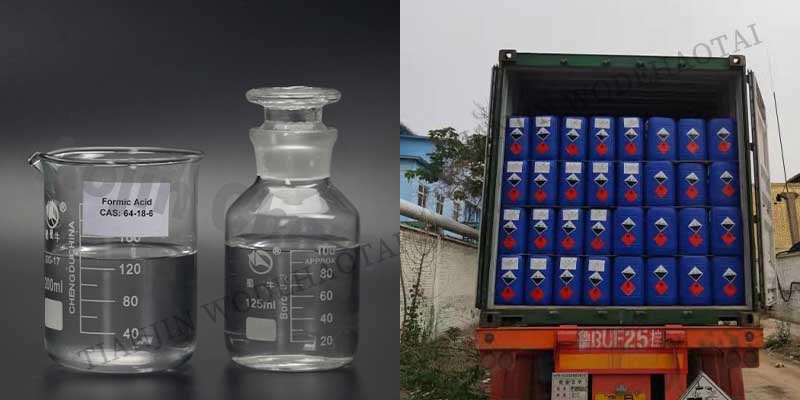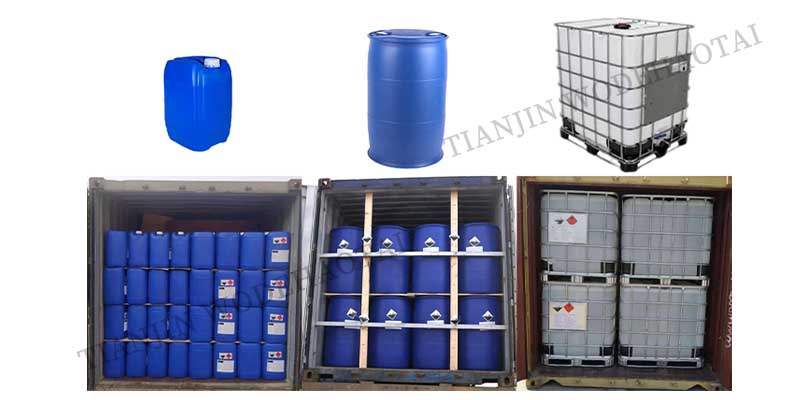CAS: 64-18-6
EINECS: 200-579-1
Chemical formula: CH2O2
Description:
Formic acid, also known as methanoic acid, is the simplest carboxylic acid with the chemical formula HCOOH or CH2O2. It derives its name from ants (Latin: formica), as it was first isolated by the distillation of ant bodies. Here's a breakdown of its description, specification, and usage:
Specification:
Purity: Typically, formic acid is available in various purities, commonly ranging from 85% to 99% purity.
Concentration: Depending on its application, formic acid can be commercially available in various concentrations.
Impurities: Common impurities include water, acetic acid, and other organic compounds.
Packaging: It is commonly sold in bulk containers such as drums, intermediate bulk containers (IBCs), and smaller bottles or containers for laboratory use.
Usage:
Preservative: Formic acid is used as a preservative and antibacterial agent in livestock feed and grain storage.
Textile Industry: It serves as a reducing agent and dyeing auxiliary in textile processing.
Leather Tanning: Formic acid is utilized in leather tanning as a pH adjuster and in the pickling process.
Rubber Industry: It is employed in the production of rubber, especially in the manufacture of rubber chemicals and rubber compounds.
Cleaning Agent: Due to its acidic properties, formic acid is used in cleaning products, especially for scale removal and metal cleaning.
Laboratory Reagent: Formic acid finds application as a reagent in various laboratory procedures and organic syntheses.
Oil and Gas Industry: It can be used for the acidizing of oil wells to stimulate production.
Pulp and Paper Industry: Formic acid is employed in the papermaking process as a pH adjuster and for improving paper strength.
These are just some of the common applications of formic acid. Its versatility and relatively low cost make it a valuable chemical in various industries. However, it's essential to handle it with care due to its corrosive nature.

